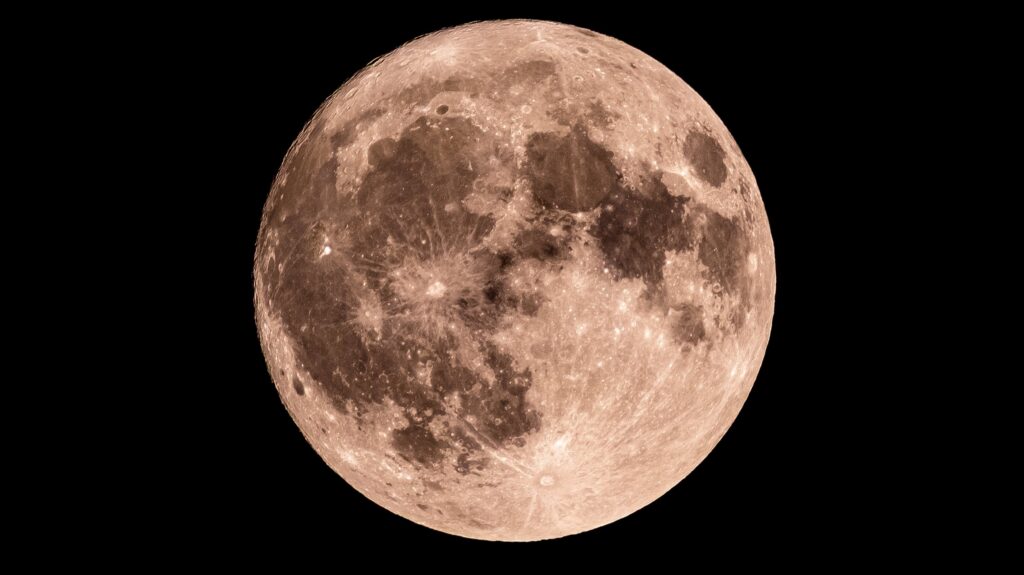
The moon is currently in its Waxing Crescent phase, with only 4% of its surface illuminated as observed from Earth on July 26, 2025. This phase marks the second day of the lunar cycle, which spans approximately 29.5 days, according to data from NASA. As the moon continues its orbit around our planet, it gradually becomes brighter each night, offering a glimpse of what is to come.
Understanding the Waxing Crescent Phase
During the Waxing Crescent phase, the moon presents a small sliver of light on its right side, which can be challenging to observe without advanced equipment. On this particular night, observers will find little to spot on the lunar surface, even with binoculars or a telescope. The next full moon is anticipated on August 9, 2025, following the last full moon that occurred on July 10, 2025.
The lunar cycle consists of eight distinct phases, each resulting from the angles between the Sun, Moon, and Earth changing as the moon orbits our planet. The visibility of the moon’s surface from Earth varies depending on this position. The phases include:
New Moon: The moon is positioned between Earth and the Sun, rendering it invisible.
Waxing Crescent: A small illuminated section appears on the right side.
First Quarter: Half of the moon’s surface is visible, resembling a half-moon.
Waxing Gibbous: More than half is lit but not yet fully illuminated.
Full Moon: The entire surface is bright and visible.
Waning Gibbous: The moon begins to lose light on the right side.
Last Quarter: Another half-moon, but with the left side illuminated.
Waning Crescent: A thin sliver of light remains before the moon becomes dark again.
The Importance of Moon Phases
Understanding the phases of the moon is essential for various cultural, agricultural, and scientific practices. For many, the moon serves as a guide for planting and harvesting crops, as well as for timing religious observances and festivals. The moon’s phases also play a crucial role in scientific studies related to tidal patterns and nocturnal animal behavior.
As we observe the Waxing Crescent on this night, it serves as a reminder of the ongoing celestial dance between the Earth and the moon. Enthusiasts and casual observers alike can look forward to the gradual transition towards a fuller moon in the coming days.







